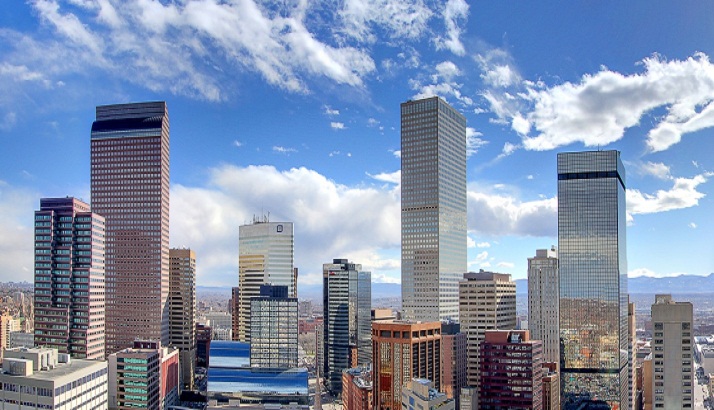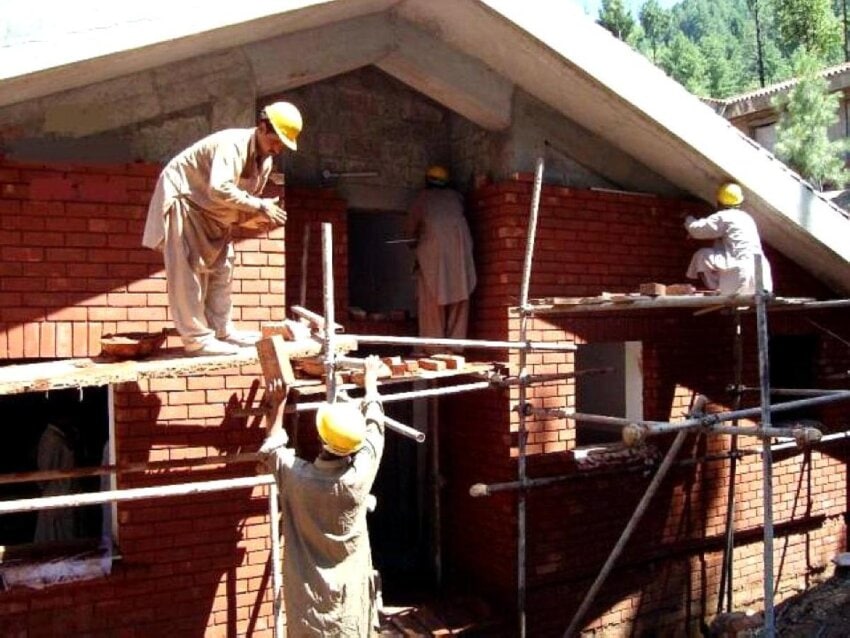Urbanization, the process of increasing population and economic growth in urban areas, is transforming the landscape of the real estate industry. As more people flock to cities in search of better opportunities, urbanization is driving changes in the way real estate is developed, used, and valued. In this blog, we will explore how urbanization is shaping the real estate industry and what it means for property investors, developers, and homeowners.
The Rise of Mixed-Use Developments
Mixed-use developments, which combine residential, commercial, and recreational spaces in a single development, are gaining popularity in urban areas. Urbanization has led to a growing demand for convenient, walkable, and integrated communities where people can live, work, and play in close proximity. Mixed-use developments offer the convenience of having amenities and services within easy reach, reducing the need for long commutes and enhancing the quality of life for residents. Real estate developers are increasingly incorporating mixed-use elements in their projects to cater to the evolving needs of urban dwellers.
High-Density Living and Vertical Development
Urbanization has resulted in limited land availability in cities, leading to a rise in high-density living and vertical development. With land becoming scarce, developers are building vertically to maximize the use of limited space. High-rise buildings, skyscrapers, and condominiums are becoming common in urban areas as they offer a solution to the space constraints of cities. Vertical development not only provides more housing options for urban dwellers but also allows for efficient use of resources, energy, and infrastructure.
Transit-Oriented Developments
Transit-oriented developments (TODs) are gaining traction as a response to the increasing need for efficient and sustainable transportation options in urban areas. TODs are designed to be located near public transportation hubs, such as train stations or bus stops, making it easy for residents to access public transportation and reduce reliance on cars. This trend is shaping the real estate industry by influencing the location and design of new developments. TODs offer the advantage of reducing commute times, lowering transportation costs, and promoting a sustainable lifestyle.
Impact on Property Values
Urbanization has a significant impact on property values in cities. As more people move to cities, the demand for housing increases, driving up property prices. Limited land availability and increasing demand result in higher property values, especially in prime locations. Properties in mixed-use developments, high-density areas, and transit-oriented developments tend to have higher valuations due to their convenience, accessibility, and potential for appreciation. Real estate investors and homeowners need to be mindful of these trends in urbanization when evaluating property investments and making purchase decisions.
Shift in Property Types and Amenities
Urbanization is also influencing the types of properties and amenities that are in demand. Traditional single-family homes with large yards are becoming less feasible in densely populated urban areas. Instead, there is a growing demand for smaller, more affordable properties such as condos, townhouses, and apartments. In addition, urban dwellers prioritize amenities that cater to their lifestyle, such as walkability, access to public transportation, nearby recreational areas, and shared community spaces. Real estate developers and investors need to understand these changing preferences and adapt their offerings to meet the evolving needs of urban residents.
Impact on Infrastructure and Services
As urbanization continues to reshape the real estate industry, there is also an increasing demand for improved infrastructure and services in cities. Urban areas need to cope with the growing population and the strain on resources, such as water, electricity, transportation, and waste management. This creates opportunities for real estate developers and investors to invest in infrastructure projects that can enhance the livability and sustainability of urban areas. For example, developments that incorporate green spaces, renewable energy sources, and smart city technologies are becoming more desirable in urban areas. Real estate professionals need to consider the availability and quality of infrastructure and services in their investment decisions, as these factors can significantly impact the value and attractiveness of properties.
In conclusion, urbanization is a driving force that is shaping the real estate industry in significant ways. From the rise of mixed-use developments and high-density living to transit-oriented developments and changing property types and amenities, urbanization is transforming the way real estate is developed, used, and valued in urban areas. Real estate professionals need to be aware of these trends and adapt their strategies to meet the evolving needs of urban dwellers. By understanding the impact of urbanization on property values, infrastructure, and services, and addressing the challenges associated with rapid urbanization, the real estate industry can seize the opportunities presented by urbanization and contribute to creating sustainable and inclusive urban environments for the future.



